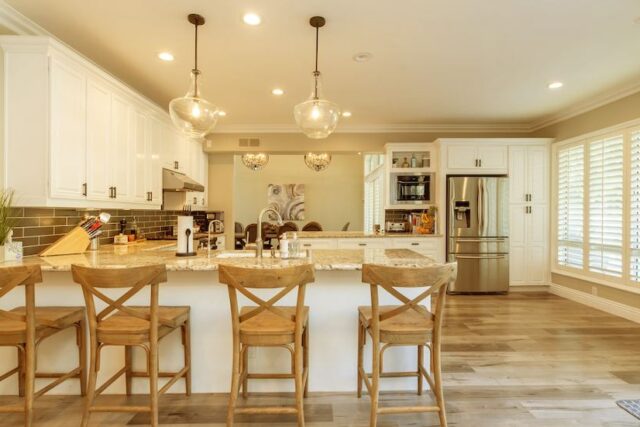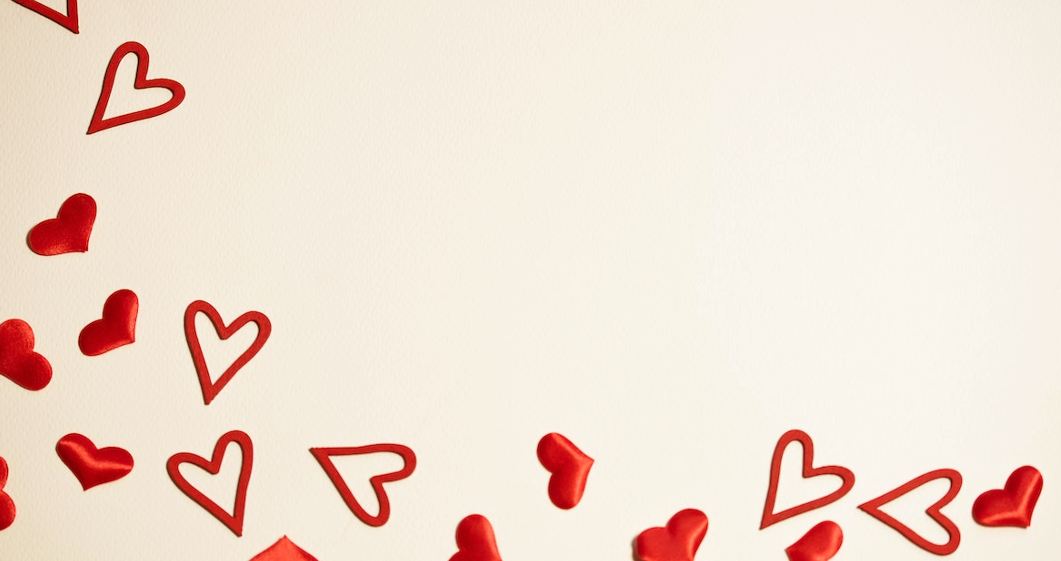Minimalism is not only interior design, but also a certain philosophy of life, expressed in freedom and moderation. The interior in the style of minimalism is embodied in spacious rooms with plenty of air and light, and in a sufficient number of convenient functional items.
History of minimalism as an interior design concept
Minimalism was fully formed by the middle of the last century, replacing the pretentious art nouveau, which the postwar public began to associate with the pampered bourgeoisie and evoke negative emotions. The basis of minimalist style was laid by two parallel trends: constructivism in painting and drawing and functionalism in architecture and urban planning. Their basics were laconism, strict geometry, the integrity and completeness of forms.
Major role in shaping the style played a fashion for the Japanese way of life and culture. Ascetic and extremely laconic Japanese dwellings became at one time an example to follow. Impressionists spread the fashion for all things Japanese with prints in the Japanese style and images of Mount Fuji in all possible angles. Over time, the fashion for minimalist interiors only solidified. The more dynamic life became, the more a person wanted to see around him only what really matters to him. Despite the fact that the interior minimalism is purely utilitarian, it is not a soulless cold style, but a warm and comfortable spacious space https://newinterior.su/.
The main features of the style
The most important in its understanding is not a special set of interior items and compliance with the accuracy of their arrangement, but a special modeling of space. Windows are enlarged, extra openings are created, unnecessary partitions are removed, and all these are the main tricks of minimalism. Stylistics are dominated by strict lines with clearly defined proportions.
What is minimalism in the interior?
- Natural materials and natural colors, rough, pronounced textures.
- The free space is maximized by the choice of finishing materials: paints, wallpaper without patterns, glass furniture elements.
- An abundance of closed storage systems: everything is removed, only items that emphasize individuality of the housing remain in view. Sophisticated and redundant storage systems allow you to put things in order almost instantly, leaving no unnecessary random items on the surfaces.
- The versatility of things. There are few of them, but the potential is very large. Well fit into the style of the sofa-bed or table-transformer.
- Monochrome is characteristic, no more than 2-3 basic shades.
- Large windows and lighting, consisting of laconic chandeliers, spotlights, floor lamps of the simplest forms.
Materials used in the interior
Stone, solid wood, and leather are often used to decorate the room. Metal brings modernity to the interior, often metal legs of tables and chairs, racks of shelves are used. Artificial materials are quite acceptable as long as they do not violate the balance. The variety is compensated by the flawlessness of the lines and clever treatment of the surfaces.
Wall, ceiling and floor design
The design of the ceiling in the style of minimalism, as a rule, is simple and laconic, usually it is simply covered with high-quality paint. Wall panels can be made of stone with a pronounced relief, concrete, glass and composites. Organically looks like textured plaster or monochrome wallpaper. The main rule of flooring – a minimum of ornaments and drawings, monochrome and neutral shades.
Furniture
Designers believe that the furniture in the room, decorated in the style of minimalism, should occupy only 20% of the area, the rest – free space. The peculiarity of furniture items:
- strict geometric shapes;
- natural materials;
- practicality;
- combination of several functions in one object.
A reasonable solution – the installation of closets, visually almost merging with the wall panels. Bed always has a simple form without a headboard and other complications design. Fittings are functional and durable, but not conspicuous. The minimalist style is characterized by recessed appliances. This emphasis on technique should not be made, visually it should not stand out among other items of interior.
Open shelves with interior items, which give the room personality, are welcome.
Colors
The color palette is similar to the Japanese style. The main tones are white, beige, all shades of gray and brown, they make the surrounding space lighter. In any case, only two or three main colors are used. So that white does not give the impression of sterility, it is diluted with black or dark gray surfaces or add a few bright shades.
Illumination
For rooms, decorated in the style of minimalism, natural light is important, so the large windows are often left without curtains: it manages to increase the free space even more. If this is not possible, blinds are used, they can be vertical or horizontal.
Lamps are used in the most modern version: with power regulators, dimmers. Floor lamps and table lamps are installed at different levels. They have the simplest and strictest form, but their size should not only fit optimally into the space, but also create comfortable bright light. It is appropriate to use built-in ceiling lighting.
Decor
The decor in a given style is “dynamic” in nature: just by changing the decorative additions, you can instantly change the mood in the room. And after a while and even remove the decor, making the interior extremely laconic.
The excessive amount of decor for minimalism is unacceptable. But what is “excessive”? In the living space there is no place for piles of decorative pillows, elegant trinkets and vases. The exception is the 2-3 simple items that emphasize the stylistics. For example, paintings in a simple frame of suitable subjects. Carpets are usually not used, but if they are necessary for some reason, a single-colored low-pile covering of muted tones is used.
The room can be decorated with flowers in stylish pots of geometrically correct shape. Exotic lianas and lush geraniums – not really a suitable option, but succulents or myrtle bushes will organically fit into the design. Instead of paintings you can enliven the wall with a large black and white photo panel: a cityscape or a space theme.
If we continue to push from the Japanese tradition, it is appropriate to put on an open shelf bonsai or ikebana. It is important that the decorative objects were few: they play only an auxiliary role.
Textiles in the design of interiors in the style of minimalism are practically not used, even instead of curtains it is recommended to leave an open space or install blinds. For the bedroom, you can make an exception in the form of cushions and bedspreads with a discreet graphic pattern.
Design tips
- Before you fill rooms with furniture, you need to plan the space. The style of minimalism in the interior is not when something is missing, but when there is everything necessary for comfort, and plus, filled with light and air free space;
- all things must be functional: uselessness, even smart and aesthetic, is not welcome;
- functional areas should not be separated, all items should complement each other;
- giving preference to naturalness, do not forget about modern glass and plastic furniture. In small quantities it will fit well into the interior;
- The basis of style – calm unobtrusive colors, and yet do not neglect the bright colors, they will make the house more modern;
- it is desirable to dilute smooth surfaces with textured details, but in small quantities.
When planning the living space in the style of minimalism, you must remember that it’s easy to “overdo it”: add a few more details and minimalism will become a completely different style.
Minimalism can be called an interior awareness, when the design is guided not by the budget, but by the needs. This style in the interior is not to everyone’s liking, many consider it too restrained, cold, pragmatic.
But those who like calm and order, too tired of the dynamics and overloads, it will definitely be to their liking. The modern inhabitant of the big city will appreciate order, plenty of light and free space, which provides the interior in the style of minimalism.



Lastest Posts
Lifestyle
Big Game Hunting in The Iberian Mountains: Must-Visit Destinations for Hunters
Education
How machine translation is changing the industry: When to use it and when to avoid it?
Health
EEG Analysis: Technology Connecting the Brain to the Future
Marketing
Advancements in Solar Panel Technology: Illuminating the Path to a Sustainable Future
Lifestyle
How to Build a Capsule Wardrobe: Essentials for Every Man
Lifestyle
Women in the Catholic Church: Roles, Recognition, and Calls for Change
Marketing
Experiential Marketing for Brands: Crafting Unforgettable Consumer Connections